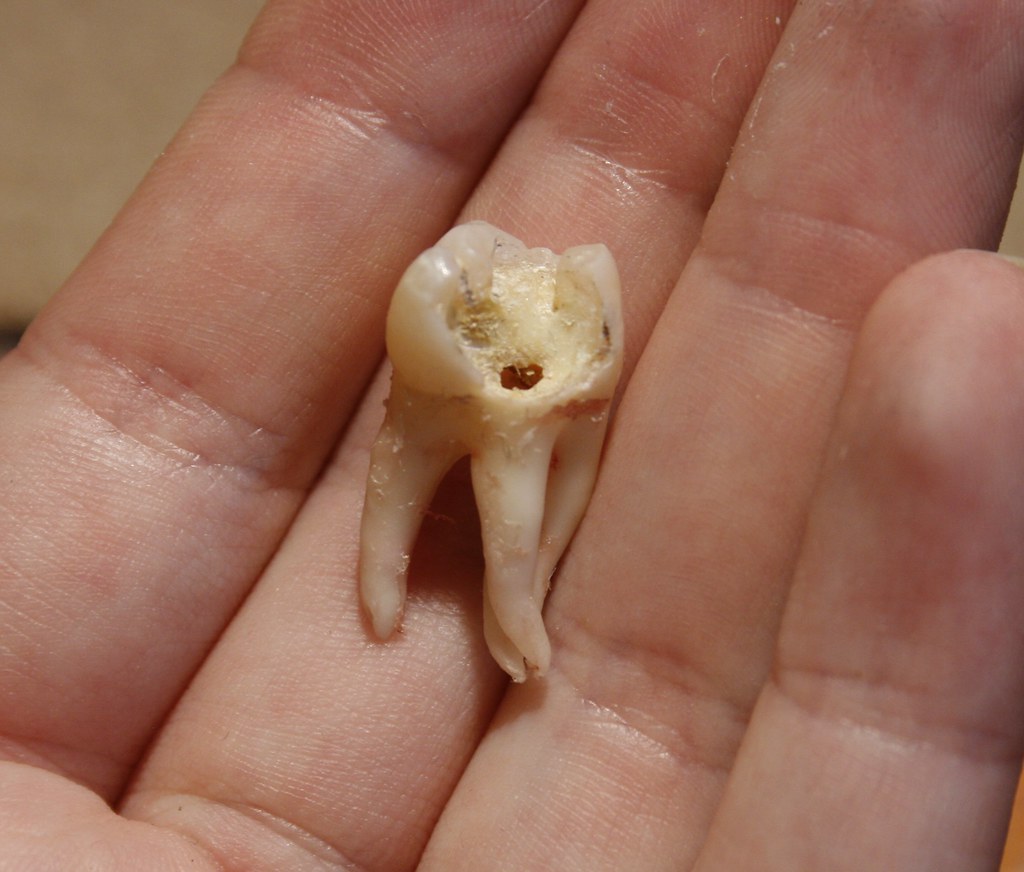Jaw Ache After Filling

Experiencing jaw ache after a dental filling can be a puzzling and uncomfortable situation for many individuals. The sensation of discomfort in the jaw area following a filling procedure is more common than one might think, and it stems from a variety of potential causes. Understanding these causes is crucial for both prevention and treatment, ensuring that the dental experience is as smooth and painless as possible.
Immediate Causes of Jaw Ache
Repeated Opening of the Mouth: During the filling process, the patient is required to keep their mouth open for an extended period. This prolonged opening can lead to strain in the jaw muscles, especially if the mouth is held open wider than its usual range. The temporomandibular joint (TMJ), which connects the jawbone to the skull, can become stressed, leading to ache and discomfort.
Injections and Anesthesia: The administration of local anesthesia involves injecting medication into the gums or inner cheek. This process can sometimes cause irritation to the surrounding tissues and nerves, leading to temporary ache or soreness in the jaw area. Although rare, the needle can inadvertently irritate the nerve endings, causing discomfort that may be felt as jaw ache.
Dental Instrumentation: The use of various dental instruments during the filling procedure can apply pressure on the teeth, gums, and the jaw itself. If excessive force is applied, it might result in temporary irritation or inflammation of the jaw muscles and the TMJ, leading to ache.
preliminarily Clenching or Grinding: Some patients may clench or grind their teeth during the procedure due to anxiety or discomfort, which can strain the jaw muscles further and lead to ache.
Post-Procedure Causes of Jaw Ache
After the filling procedure, several factors can contribute to jaw ache:
Healing Process: The filling itself might not be the direct cause of jaw ache, but the healing process of the tooth and surrounding gums can lead to sensations of discomfort or ache, especially if the tooth was deeply decayed or if the filling material is not perfectly matched to the tooth structure.
High Filling or Occlusion Issues: If the filling is too high or does not properly match the bite (occlusion), it can cause the patient to bite down unevenly. This uneven bite can lead to strain on the jaw muscles and the TMJ, resulting in ache and discomfort.
Sinus Pressure: For fillings located in the upper teeth, particularly the molars, sinus pressure can sometimes be mistaken for jaw ache. The roots of these teeth are close to the sinuses, and any inflammation or pressure in this area can radiate pain to the cheek and jaw area.
Managing Jaw Ache After a Filling
While some degree of discomfort is expected after dental procedures, there are steps individuals can take to manage jaw ache:
Communicate with Your Dentist: Inform your dentist about any discomfort or pain you are experiencing. They can adjust the filling, provide guidance on improving your bite, or recommend pain management strategies.
Pain Relief Medications: Over-the-counter pain relievers like ibuprofen (Advil, Motrin) or acetaminophen (Tylenol) can help manage pain and inflammation.
Cold or Warm Compresses: Applying a cold or warm compress to the jaw area can help relax the muscles and reduce pain.
Soft Diet: Eating soft foods for a few days after the procedure can reduce the strain on the jaw muscles.
Relaxation Techniques: Stress and anxiety can exacerbate jaw clenching and grinding. Engaging in relaxation techniques such as deep breathing, meditation, or yoga can help reduce these habits.
In most cases, jaw ache after a filling is temporary and resolves on its own within a few days. However, if the pain persists, worsens, or is accompanied by other symptoms like fever or swelling, it is crucial to contact your dentist for further evaluation and treatment.
What are the common causes of jaw ache after a dental filling?
+Jaw ache after a dental filling can be caused by several factors including prolonged mouth opening, injections and anesthesia, dental instrumentation, and post-procedure healing processes. It's also possible for the filling itself, if not properly aligned with the bite, to cause uneven strain on the jaw.
How can I manage jaw ache after a filling?
+Managing jaw ache after a filling involves communicating with your dentist, using over-the-counter pain relievers, applying cold or warm compresses, adopting a soft diet, and practicing relaxation techniques to reduce stress and jaw clenching.
When should I seek further dental care for jaw ache after a filling?
+It's advisable to seek further dental care if the jaw ache persists, worsens over time, or is accompanied by other concerning symptoms such as fever, swelling, or difficulty opening the mouth. Your dentist can evaluate the situation and provide appropriate treatment or adjustments.
Understanding the potential causes and taking proactive steps to manage discomfort can significantly improve the dental experience, ensuring that any temporary inconvenience does not overshadow the long-term benefits of dental care. As with any dental procedure, open communication with your dentist is key to addressing any concerns and ensuring the best possible outcome.